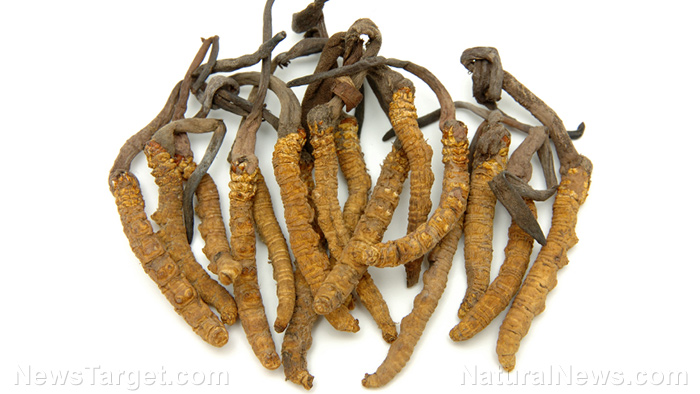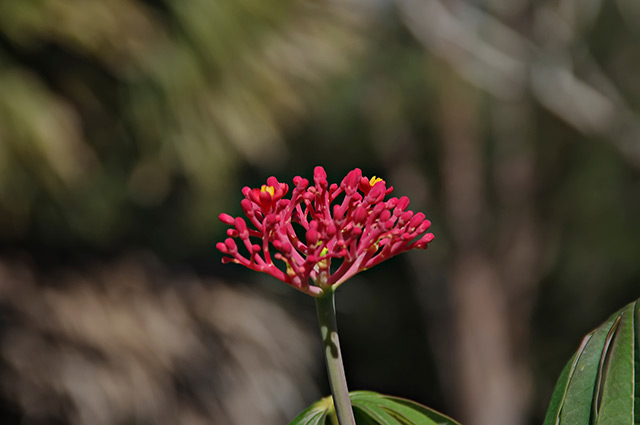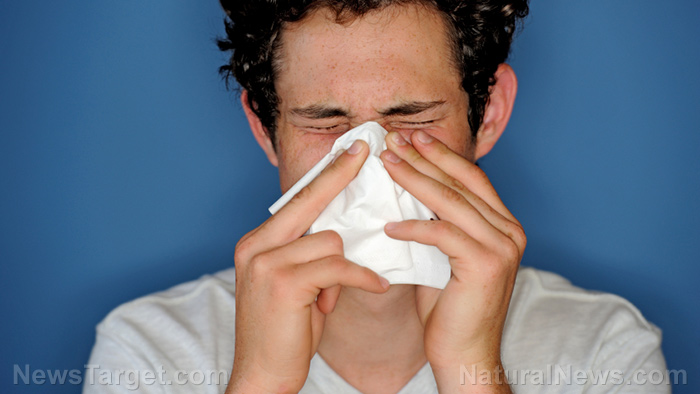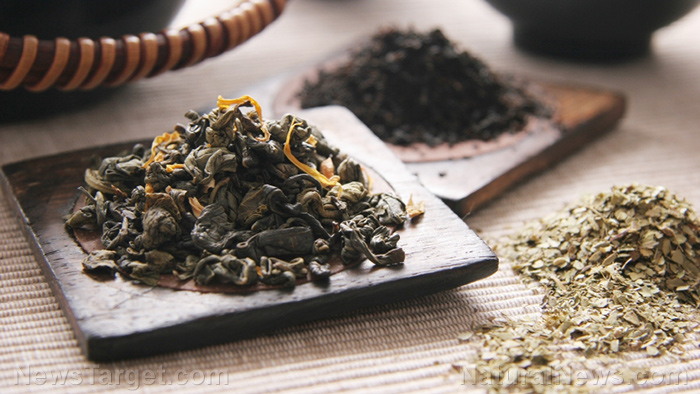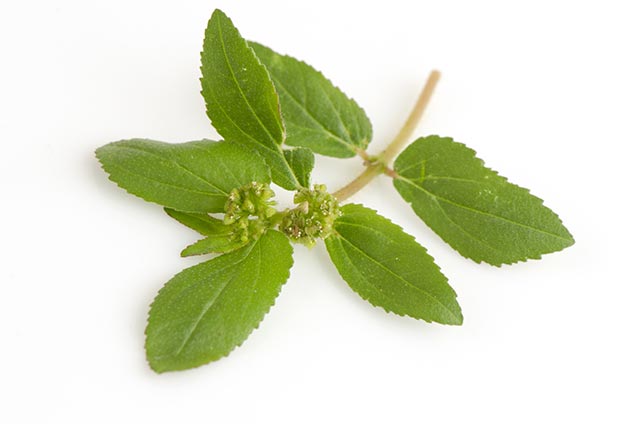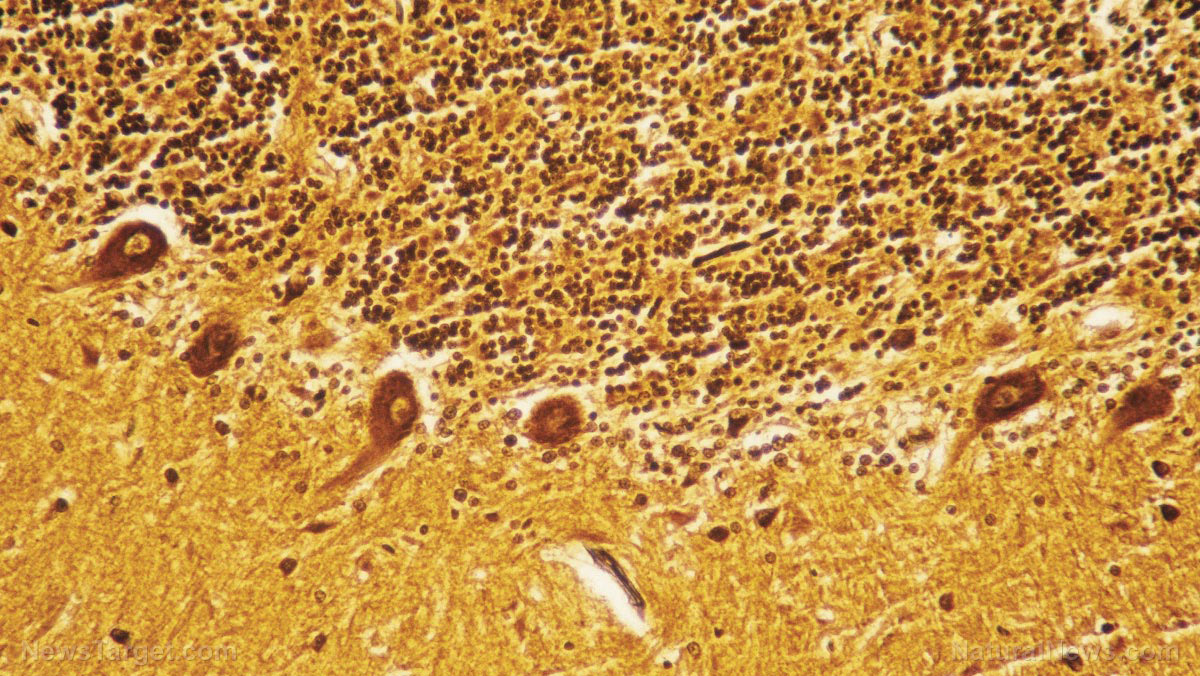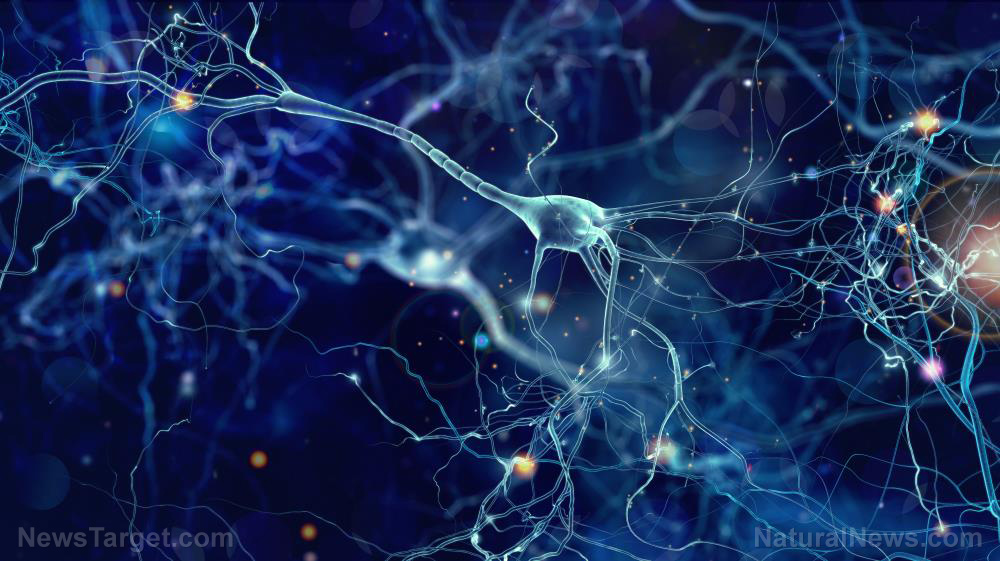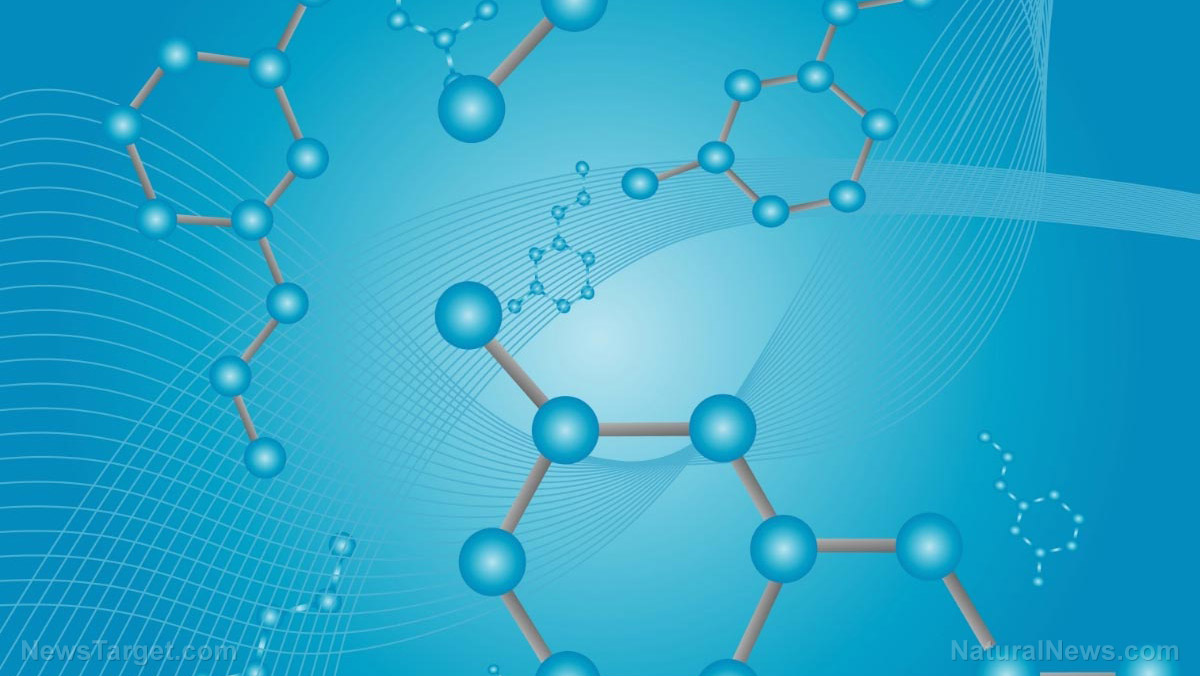The wound healing properties of the Haliotis diversicolor shell (abalone)
09/18/2018 / By Ellaine Castillo
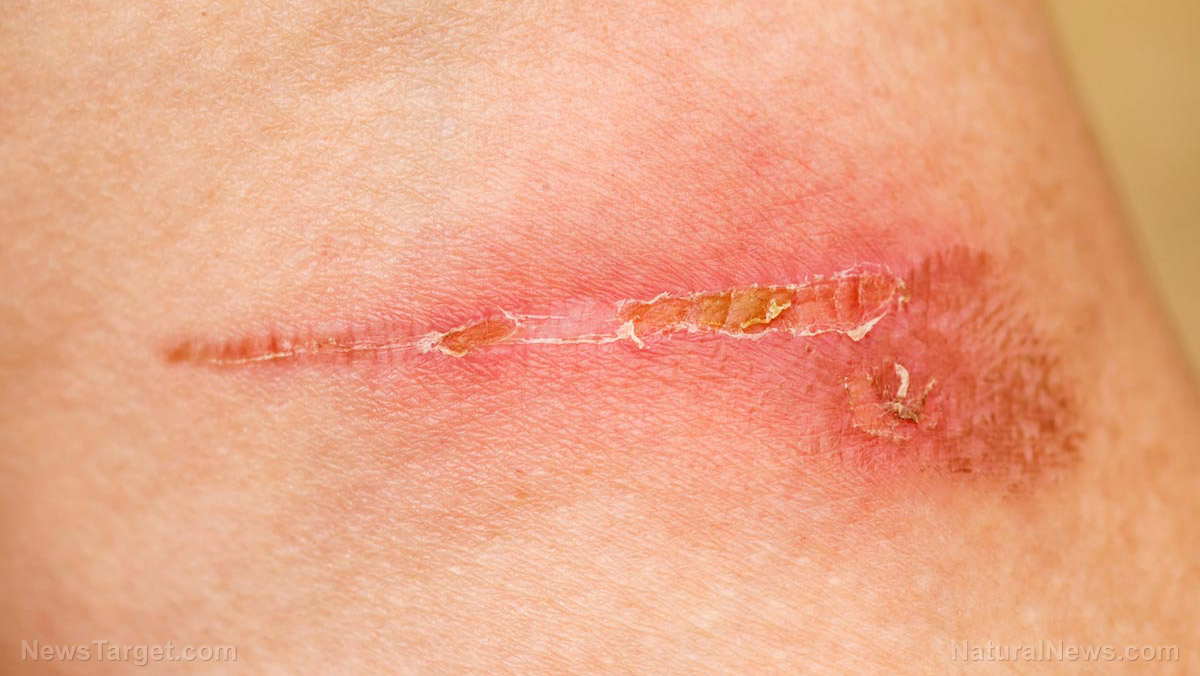
Researchers have revealed that the shell of Haliotis diversicolor, known as shijueming or abalone, has potential in treating burns. The study, which was published in BMC Complementary and Alternative Medicine, used in vitro and in vivo models to evaluate the effect of H. diversicolor on wound healing.
- The shell of H. diversicolor is a traditional Chinese medicine used to treat eye diseases and skin injuries, like ulcers and traumatic wounds.
- Existing studies have not verified the anti-inflammatory property of H. diversicolor in vivo and have not revealed the rationale behind its wound healing effect.
- Anti-inflammatory activity and phagocytic assays were conducted using the RAW 264.6 cell line.
- In vivo models for the experiment made use of male Wistar rats with burn injuries. The rats were given burns using a copper block preheated to 165 degrees Celsius, which was allowed to touch the skin for 10 seconds.
- Hematoxylin and eosin staining, picrosirius red staining, and Western blotting were used to analyze the effects of H. diversicolor treatment.
The results of the study show that H. diversicolor alleviates inflammation, enhances phagocytosis, and triggers healing of burn injuries. These were based on the in vitro and in vivo model observations that there are a reduced inducible nitric oxide synthase (iNOS) expression and enhanced macrophage activity. Aside from these, it was also observed that there is an increased expression of transforming growth factor-beta 1 (TGF-beta 1) in the in vivo model during wound healing.
Read the full text of this study at this link.
Learn more about Haliotis diversicolor and other traditional Chinese medicines by visiting ChineseMedicine.news today.
Journal Reference:
Chen Z-C, Wu S-YS, Su W-Y, Lin Y-C, Lee Y-H, Wu W-H, Chen C-H, Wen Z-H. ANTI-INFLAMMATORY AND BURN INJURY WOUND HEALING PROPERTIES OF THE SHELL OF HALIOTIS DIVERSICOLOR. BMC Complementary and Alternative Medicine. 28 November 2016;16(487). DOI:10.1186/s12906-016-1473-6
Tagged Under: anti-inflammatory, burn injury, Burns, haliotis diversicolor, inflammation, Shell, shijueming, traditional Chinese medicine, traditional medicine, Wound Healing, wounds

